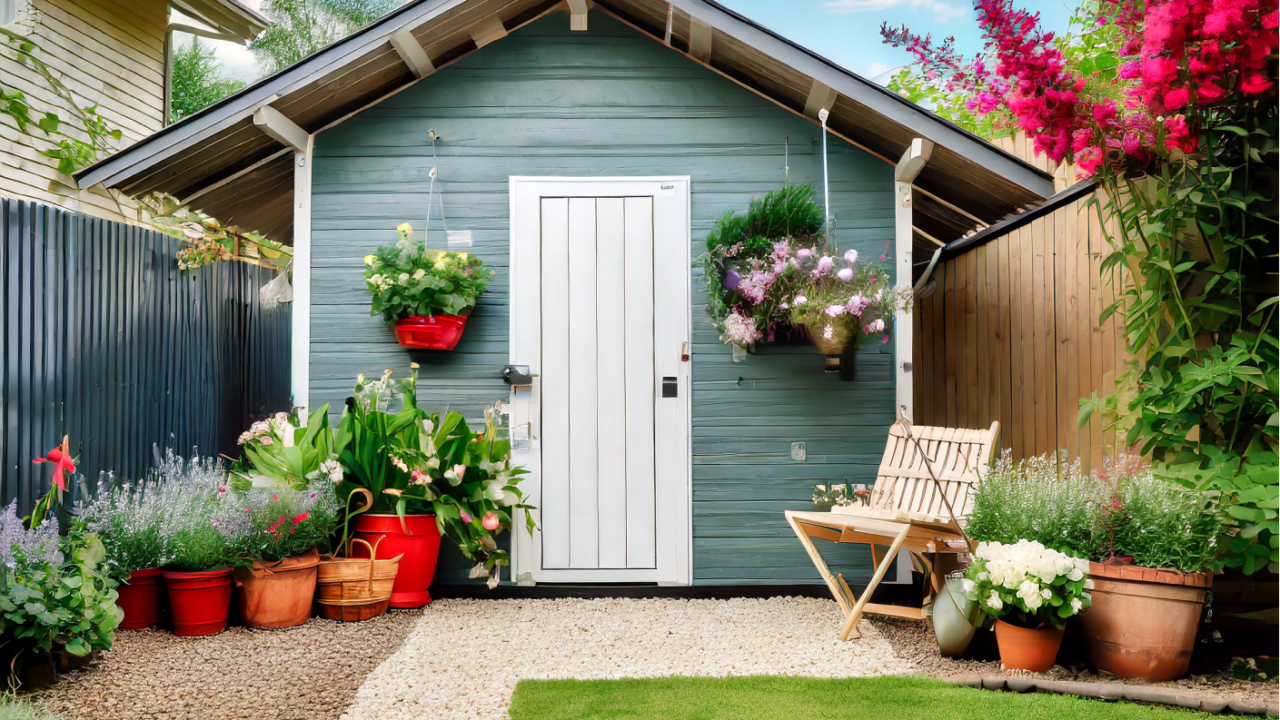The garden shed: a haven for tools, lawnmowers, and, if you’re not careful, a graveyard for items that really shouldn’t be there. While it might seem like an extension of your home’s storage space, treating it as a catch-all can lead to damaged goods and, in some cases, safety hazards. Let’s unlock the shed door and explore the items that deserve a spot inside your home instead, ensuring they remain in top condition and out of harm’s way.
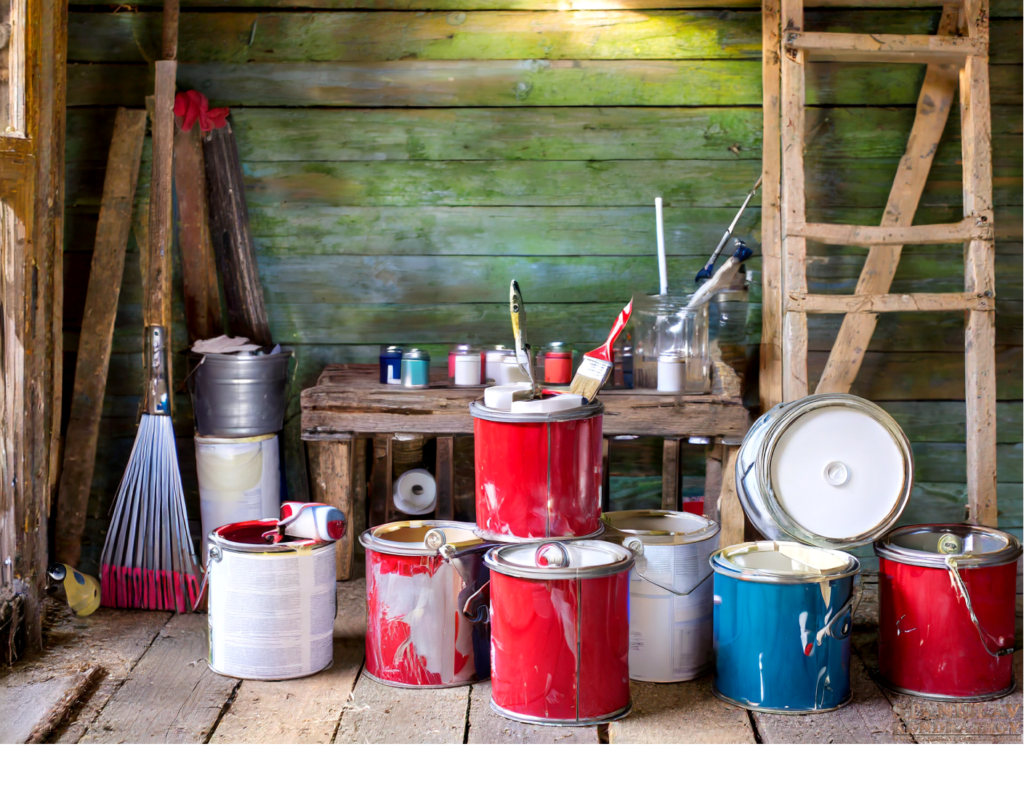
1. Paint and Varnish: A Temperature Tantrum
Storing paint and varnish in your shed might seem logical, but temperature fluctuations can cause them to separate, freeze, or even spoil. To keep your colors true and your finishes smooth, store these in a cool, dry place inside your home where temperatures are stable.
2. Electronics: The Humidity Havoc
Your old DVD player, the radio from your college days, or that spare TV might not make the cut for indoor living, but the shed is no place for them either. Humidity and damp conditions can wreak havoc on electronics, leading to corrosion and irreparable damage. Keep them indoors or properly recycle them.
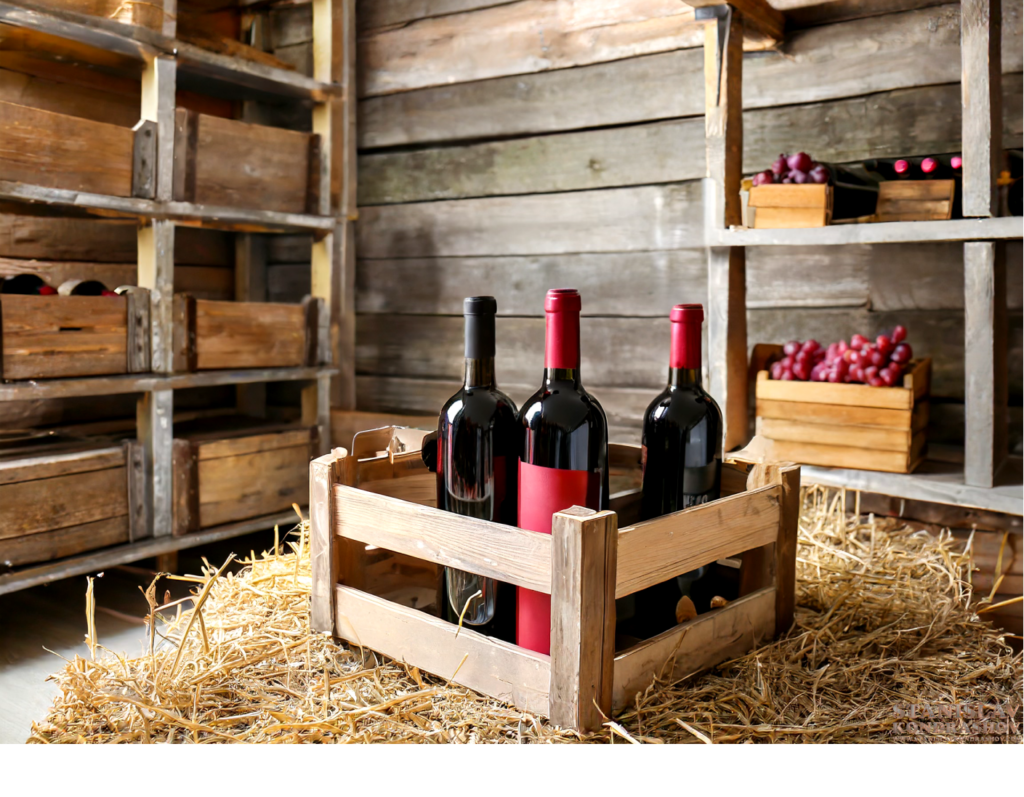
3. Photographs and Important Documents: Fade and Forget
Photographs and important documents are irreplaceable treasures that can fade, yellow, or become illegible if exposed to moisture, heat, and pests commonly found in sheds. Preserve your memories and records by storing them in archival-quality containers inside your home.
4. Wine: The Shed is No Cellar
You might dream of a wine cellar, but your shed won’t suffice. Wine requires consistent, cool temperatures and controlled humidity, far from the fluctuating conditions of an outdoor shed. To avoid turning your prized bottles into vinegar, keep them inside, away from light and temperature swings.
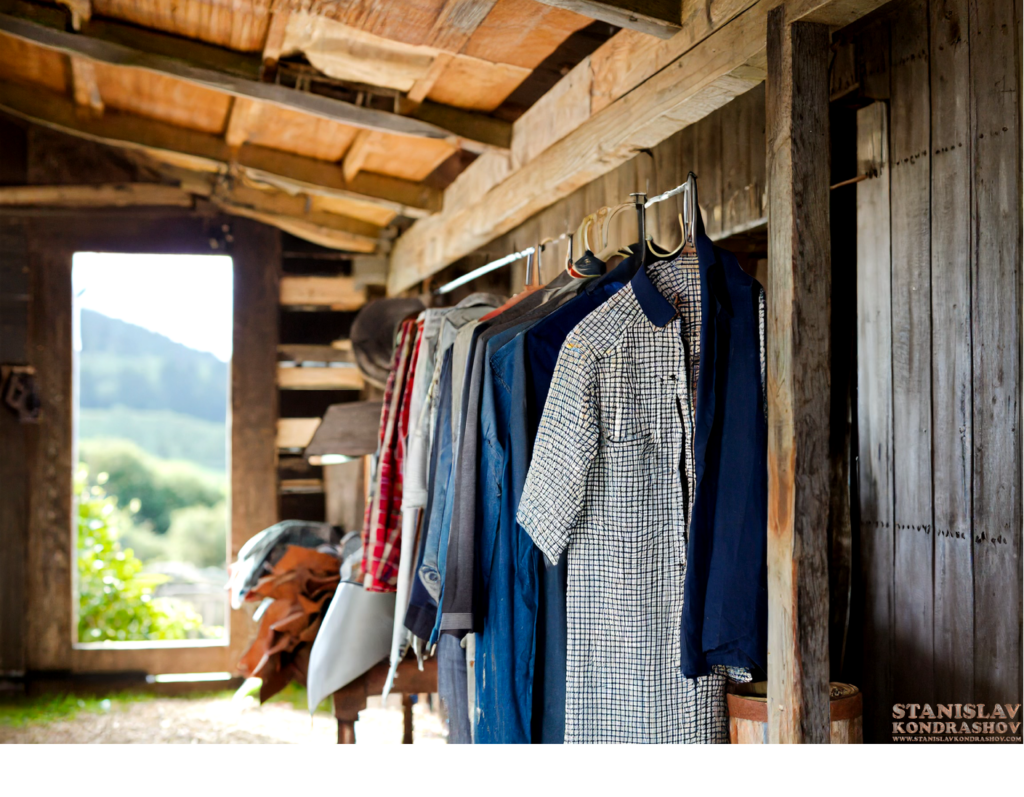
5. Clothing and Bedding: A Bug’s Paradise
Storing seasonal clothing and extra bedding in the shed can seem like a space-saving idea, but it can quickly turn into a feast for pests. Moths, mice, and mold love these items, leading to damage and loss. Opt for vacuum-sealed bags and store them in a closet or under the bed.
6. Canned Food: The Temperature Tango
Canned goods might seem like non-perishables that can withstand the shed environment, but extreme cold or heat can compromise their integrity. This can lead to spoiled food or even dangerous situations if cans burst. Keep your pantry items in a cool, dry place indoors.
7. Cosmetics and Medications: The Formula Flaw
Like paint, the active ingredients in cosmetics and medications can break down in fluctuating temperatures, rendering them ineffective or, worse, harmful. To ensure they perform as intended, these items need a stable, indoor environment.
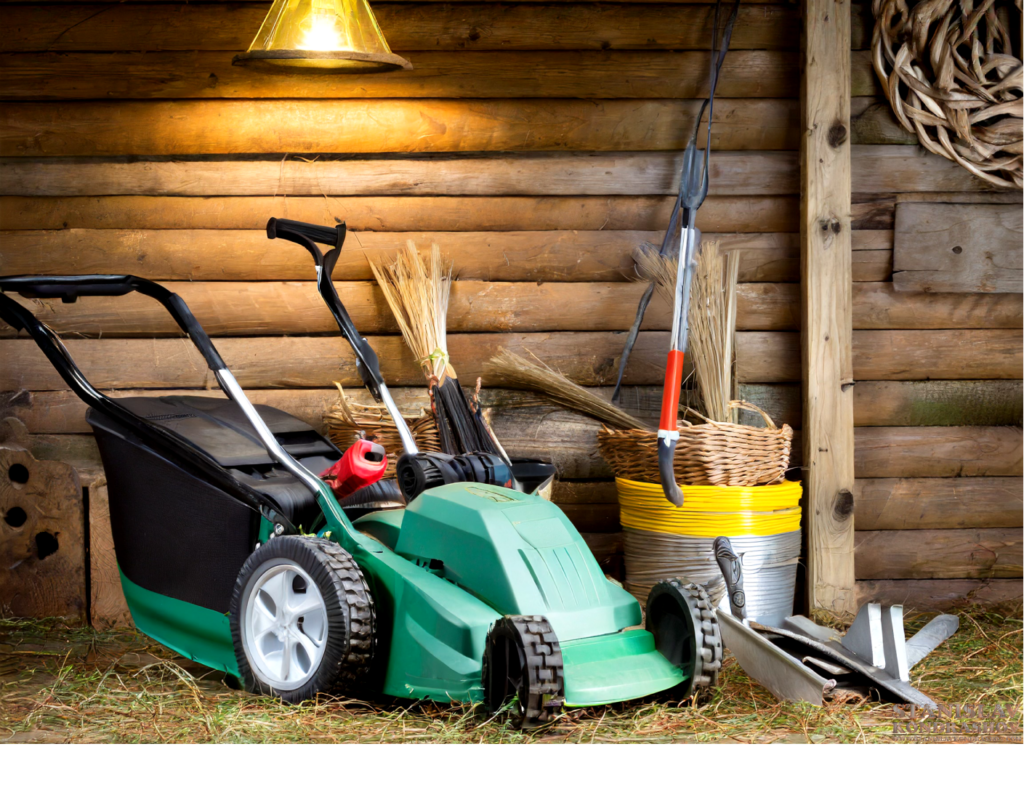
The Takeaway: A Smart Stasher Knows Better
Your outdoor shed is invaluable for storing tools and equipment that can withstand the elements, but it’s not a one-size-fits-all solution. By understanding what items are at risk in this environment, you can make smarter storage decisions that protect your belongings and, potentially, your wallet.
Think of your shed as a rugged, outdoor companion to your home, not an overflow closet. Respect its limits, and you’ll not only prolong the life of the items you choose to store inside your home but also maximize the utility and lifespan of those you entrust to the shed. Happy, and smart, stashing!
By Stanislav Kondrashov
